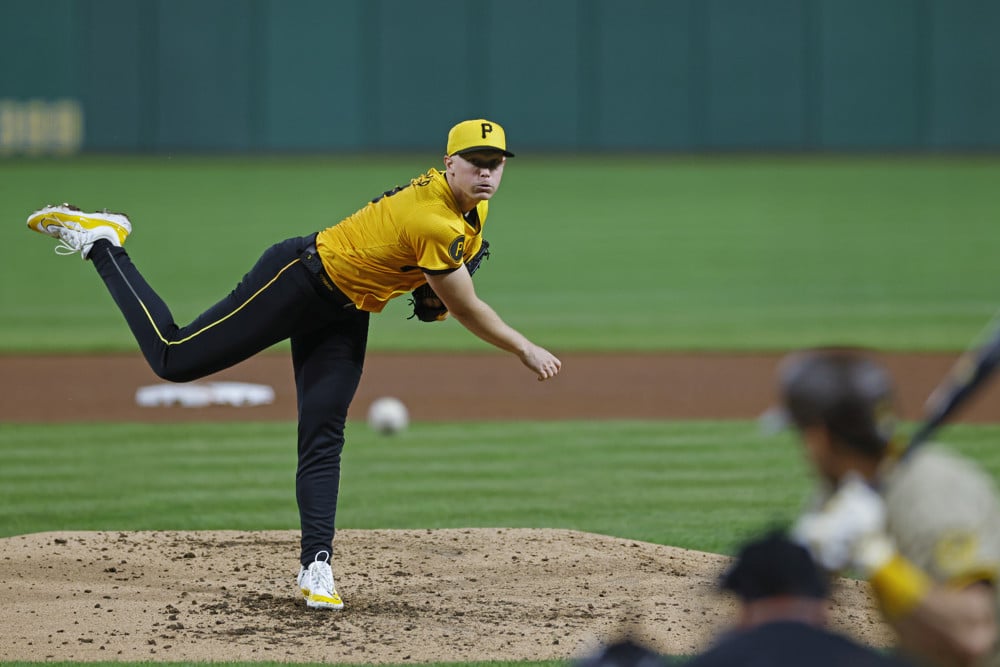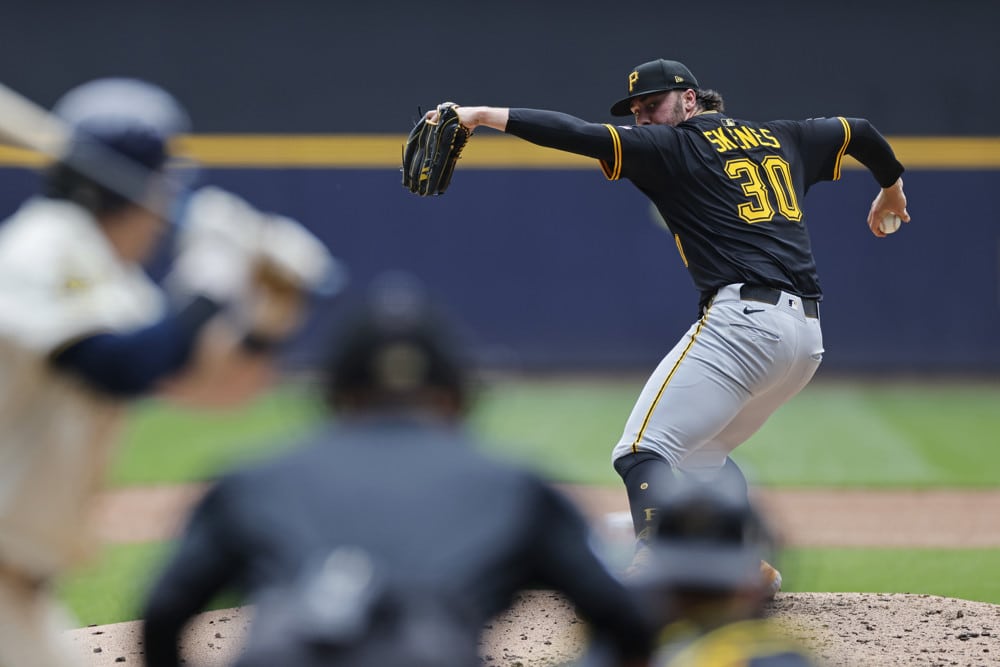It can be a bit overwhelming trying to understand the new wave of statistics in baseball. In the previous article, I explained the important statistics for hitters. This article will focus on the pitching aspect.
READ ALSO
How to Use and Understand Advanced Stats in Baseball – Hitters’ Edition
BABIP
Batting Average on Balls in Play is an extremely useful stat to understand and evaluate the performance of a pitcher. In the case of pitchers, it is generally agreed that pitchers have less control over their BABIP than hitters do.
A pitcher cannot affect what happens with a ball once it is in play. Whether the ball in play becomes a hit or an out depends on the defense: how hard the ball was hit and luck.
As with hitters, the average BABIP allowed for pitchers is .300.
When looking at the performance of a pitcher, BABIP is an excellent starting point. If we see that the BABIP is higher than .300, it’s quite likely the pitcher is unlucky. And if it’s much lower than .300, we know the pitcher has been the recipient of good luck. Some elite pitchers can maintain a BABIP below .300 while lousy pitchers will have a BABIP higher than .300. But over the course of a season, the BABIP for every pitcher will gradually move closer to .300 with every batter faced.
FIP, xFIP
Fielding Independent Pitching (FIP) and Expected Fielding Independent Pitching (xFIP) are the two best indicators for how well a pitcher is performing.
Fielding Independent Pitching evaluates a pitcher’s performance by measuring the three outcomes that he has control over: strikeouts, walks, and home runs (with some dependence on the stadium). Any other outcome depends on the defense.
The formula for FIP weights those three outcomes (a pitcher is penalized much more for a home run than a walk or hit-by-pitch) to generate a number on the same scale as ERA. This makes it easy for us to understand FIP, because we already know a good ERA.
The average ERA and FIP in the 2018 season was 4.15.
Let’s take a look at the two Cy Young award winners from last year. Jacob deGrom led the Majors with an ERA of 1.70 and a FIP of 1.99. He was slightly lucky to have an ERA below his FIP.
Ian Snell had an ERA of 1.89 with but a FIP of only 2.95. He was quite lucky to have such a low ERA. In 2019 his ERA is 4.28 with a FIP of 3.40. His luck has run out in 2019. Comparing ERA and FIP is an effective way to see what a pitcher will do going forward.
xFIP is the basically the same as FIP but with one major difference. Instead of using the actual home runs a pitcher has allowed, xFIP uses the number of home runs a pitcher would allow based on the league average of HR/FB% (Home Run/Fly Ball%). The main idea behind xFIP is that a pitcher’s HR/FB% will regress towards the league average of HR/FB%.
Looking at Ian Snell’s 2018 season, he had a FB% of 36.4% with a HR/FB% of 10.7%. The league average HR/FB% was 12.7%. That means Snell’s xFIP would project him to give up more home runs than he actually did.
That’s exactly what has happened in 2019, as Snell has a 16.7 HR/FB% and the league average is 15.1%. Snell’s xFIP in 2019 is 3.23 and his ERA is 4.28. So he is actually unlucky in 2019 after being quite lucky in 2018. This shows us the power of xFIP in predicting a pitcher’s performance.
K% vs. BB%
K% and BB% are quite simply the percentage of plate appearances that a pitchers walks or strikes out a hitter. With K% and BB%, we can forget about defense and where the game is played. With the other statistics above that include home runs, the park where the game is played matters. Some parks are more home run friendly than others. But we can focus only on what the pitcher controls by looking at K% and BB% and have a pretty good idea on how he is performing.
The league average for K% is 22.8% and is 8.5% for BB%. In other words, an average pitcher strikes out a batter 2.5 times more than he walks him.
In 2018, deGrom had an incredible K% of 32.2% and BB% of 5.5%. By comparing K% and BB%, we can get a very quick summary of how well a pitcher is performing. Both of these statistics stabilize quickly (70 batters faced for K%, 170 batters faced for K%). This means that we can look at K% and BB% over small samples and know that it is representative of what a pitcher will do going forward. This is definitely not the case with ERA or WHIP(Walks/Hits Allowed Per Inning Pitched).
Fly Ball% vs. Ground Ball% vs. Line Drive%
The type of contact is quite important for understanding the performance of a pitcher. In the previous article on batters, I have included a description of FB%, GB%, and LD%.
For pitchers, it’s important to know that the most successful approach in the game today is having a high GB% and a low FB% while minimizing hard contact(line drives). As the HR/FB% continues to climb, pitches with the most success limit contact by strikeout batters or force them to hit the ball into the ground (grounders are typically outs or singles).
The league averages are: 35.6 FB%, 42.9% GB%, and 21.5% LD%. Returning to deGrom’s 2018 season, he had a GB% of 46.4% and a FB% of 31.6%. He was well above average in inducing ground balls and limiting fly balls.
What does it all mean?
There are even more advanced statistics for pitchers that attempt to project ERA and filter out the effect of parks. But it’s not necessary to lose yourself in even more acronyms. BABIP, FIP, xFIP, BB%, K% GB%, FB%, and LD% are excellent tools that allow us to understand, evaluate, and predict the performance of pitchers.
By comparing ERA with the FIP and xFIP, we can know almost instantly if a pitcher has been lucky. FIP and xFIP will predict the future ERA of a pitcher much better than his actual ERA in that moment. Most advanced stats are based on the idea that pitchers should be measured only by the number of home runs they allow and the batters they walk or strikeout. The stats vary in how they use this data but in the end it’s really not that complicated.
READ ALSO
How to Use and Understand Advanced Stats in Baseball – Hitters’ Edition






















